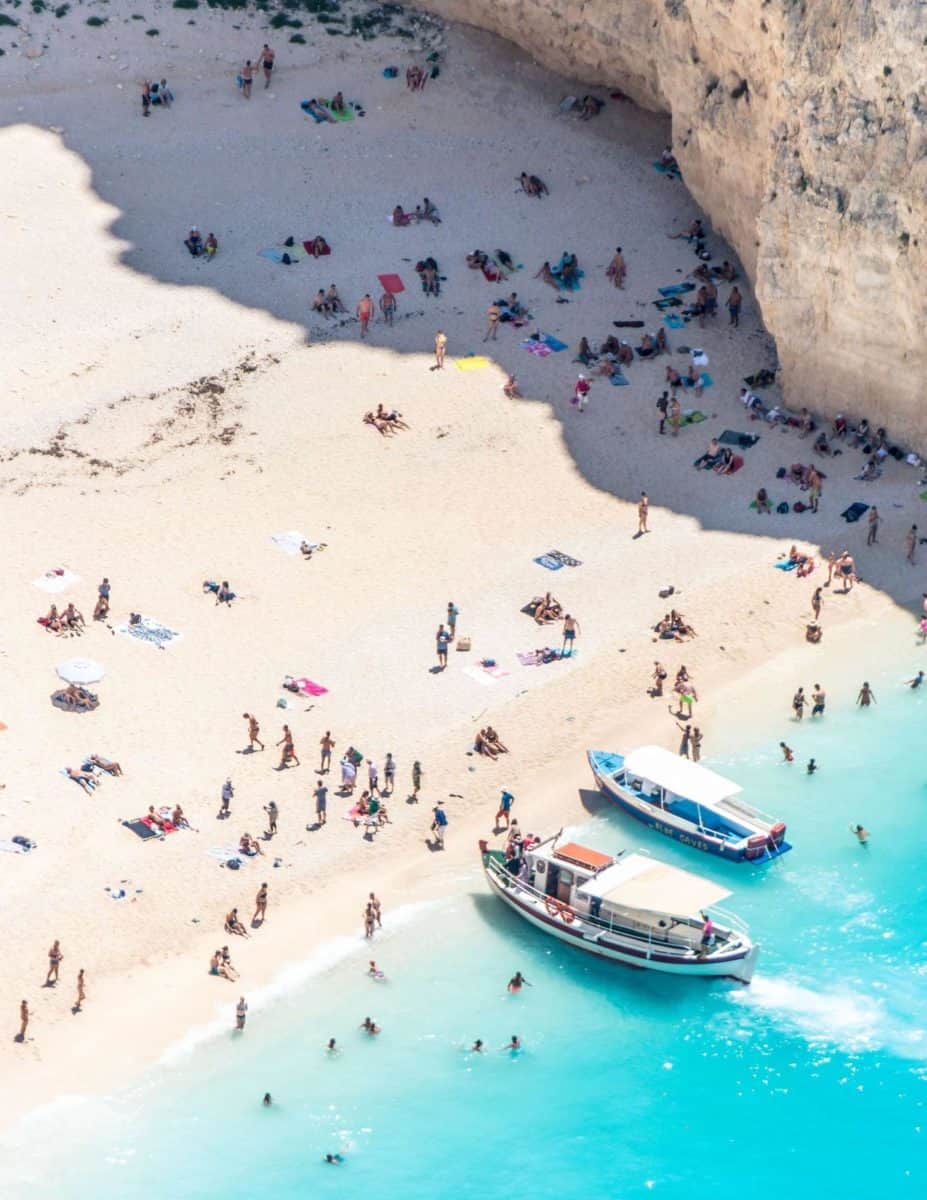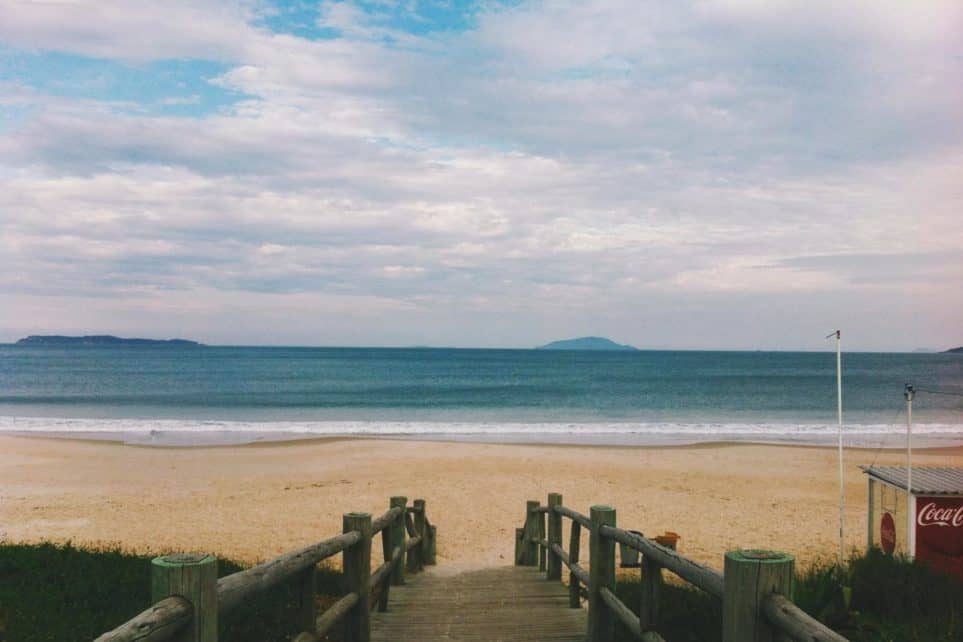Many people ask themselves the question, when is the best time to go on a trip? After all, you do not want to walk in the rain all the time or, on the contrary, get exhausted from the stifling heat. On the other hand, at a good time of year the number of travelers increases many times, prices go up, and the satisfaction of such a trip decreases. So what to choose — peak season or off-season to enjoy the trip and not to go broke. Let’s try to figure it out.
From my experience, I can say that the most favorable time to travel is off-season. During this period the weather is the most comfortable to travel, the queues at a variety of tourist spots are small, there are few people and prices are moderate.
Significant discounts on airline tickets and hotel accommodation can be found during the low season, usually, this period after the New Year holidays until mid-February — people had a rest during the holidays, returned to work, activity on tourist destinations is reduced, and to attract consumers, many airlines and hotel operators cut prices. The same may be observed in mid-autumn in Europe and North America, when the business season has already started, children have gone to school and parents have returned to work after their summer vacations.
I would like to note that all the information given below about the time of a particular season is only approximate and general for the region indicated. When preparing for a trip, you need to do a more thorough seasonal analysis for the specific country you are going to.
Table of Contents
High season

Pros
- Generally good weather. Warm and even hot during the day as well as at night. Brief rains or no rains at all;
- One can easily meet someone, as hotels and hostels are full of holidaymakers.
- Most attractions and tourist spots are open to the public;
- This period is a great opportunity to get to know someone. You can make local friends, make friends with tourists, or even start dating. Remember, however, that if you start a meaningful relationship while on vacation, court marriage lawyers strongly advise you to sign a prenuptial agreement;
- There are many different festivals and tourist events (music festivals, cooking shows, outdoor exhibitions, etc.);
- You can get to remote places where transport only goes during tourist season.
Disadvantages
- High prices for lodging, transportation, and food;
- Long lines at most tourist spots;
- Crowds everywhere, especially in the main tourist streets and squares, churches, temples, and other places of interest to the traveler;
- Filled hotels and hostels, which makes it difficult to find a free place to sleep without booking in advance, full camp sites and parking lots if you travel by van;
- Lots of people on public transport (buses, trains, ferries) and you have to reserve a seat in advance for some types of transport, such as trains in Europe.
High season periods
- Europe mid-June – early September;
- South-East Asia November – beginning of March;
- Middle East May to September;
- Central Asia May to September, depending on the country;
- North Africa November to March;
- Central Africa June to September;
- East Africa December to February and June to mid-October;
- West Africa November-April;
- South Africa late November-March;
- North America June-September;
- South America December-February and July-August;
- Australia and Oceania December – March.
Off-season

Pros
- Good weather. Not too hot and not too cold;
- A limited number of tourists, no crowds observed;
- Almost no queues at the museum and other tourist attractions;
- The prices of accommodation, food, and transport are not overpriced. That’s a good opportunity to rent a luxury car;
- You can find a free room at the hotel or a bed in the hostel without booking in advance.
Disadvantages
- It can rain at times. The weather is often variable during this time period;
- Operating hours of certain tourist spots may be limited because it is not yet in season;
- Occasionally it may be crowded, especially during certain events, such as Easter in Europe;
Off-season periods
- Europe mid-September to November and April to mid-June;
- Southeast Asia September to November;
- The Middle East late March to May and September to early November;
- Central Asia March to April and October;
- North Africa April, May, September, October;
- Central, West and South Africa May and October;
- East Africa March and October;
- North America late March to May and mid-September to November;
- South America March to April and November;
- Australia and Oceania October through December.
In conclusion, I would like to add that in order for your trip to bring you a lot of memorable emotions, give you a great mood and give you great pleasure, it is worth taking some time to analyze the seasonal activity in the country or region where you are going.

